The Palmar Interossei Muscle
Table of Contents
Description
The palmar interossei are the hand’s tiny, unipennate intrinsic muscles. They, together with the dorsal interossei muscles, occupy the spaces between the metacarpal bones and are located on the palmar surface of the hand.
The palmar interossei are four muscles that connect to the first, second, fourth, and fifth fingers. On the third finger, there is no palmar interosseous muscle. The palmar interossei, which are strong digit adductors, also play an important role in the flexion and extension of the middle finger, ring finger, and little fingers.
Palmar interossei muscle origin
- This muscle, also identifies as pollical palmar interossei, arises on the inner palmar surface of the 1st metacarpal.
- It is generally considered simple.
- The second palmar interosseous originates on the inner side of the base of the second metacarpal.
- The 3rd and 4th palmar interossei originate on the little finger side surface of the fourth and fifth metacarpals.
Insertion
- The first interossei pass into the proximal first phalanx’s base.
- The second one inserts into the first phalanx’s base as well as the medial part of the first digit’s extensor hood.
Relations
- The palmar interossei muscles are located in the middle of the metacarpal bones on the palmar surface of the hand and are slightly smaller than the dorsal interossei muscles.
- The oblique head of the adductor pollicis similarly joins the 2nd palmar interosseous, and also the tendons of the flexor digitorum profundus that act as extensions for the ring and little fingers.
Nerve supply
- The palmar and dorsal interossei are innervated by the deep branch of the ulnar nerve, which arises from the roots C8 and T1.
Blood supply
- The deep palmar arch, the princeps pollicis artery, the radialis indicis artery, the palmar metacarpal arteries, the proximal and distal perforating arteries, and the common and proper palmar arteries all deliver blood to the palmar interossei muscles.
The function of palmar interossei muscle
- The main function of this muscle is to adduct the fingers along a longitudinal axis—that is, to move the fingers toward the middle finger.
- The first palmar interosseous drag the index or second finger medially, whereas the second, third, and fourth outwardly drag the ring and little fingers.
- These muscles work just opposite action the dorsal interossei at the metacarpophalangeal joint.
Mnemonic
PAD DAB
Palmar interossei – Adduct
Dorsal interossei – Abduct
Clinical Relevance
This muscle is innervated by the profound palmar branch of the ulnar nerve. As a result, ulnar nerve damage to the nerves may cause interossei muscular weakening or atrophy, which is most commonly caused by:
- Nerve root impingement
- Brachial plexus compression
- Nerve impingement at the wrist, elbow, or forearm.
- Ulnar nerve entrapment is the second most common form of compression neuropathy seen in patients.
- Depending on the damaged nerve fibers, patients may notice weakness in the adduction of their fingers.
- The lumbricals are important in both metacarpophalangeal joint flexion and DIP and PIP joint extension; however, the interossei are also involved in similar motions, but to a lesser amount.
- The ulnar claw hand, a late sign of ulnar nerve damage, is caused by weakness in the third and fourth lumbricals.
Assessment
- Electromyographic and nerve conduction velocity investigations are done to figure out alternative diseases and examine ulnar nerve damage.
- When Wartenberg’s sign is positive, patients are encouraged to adduct all of their fingers.
- The fifth finger will be abducted relative to the other fingers if the test is positive, showing weakening in the fourth lumbrical and third palmar interosseous muscles.
- Technique: A patient can be told to hold a piece of paper between any of the second through fifth digits to assess the palmar interossei; dropping the paper suggests a palmar interossei insufficiency.
Palmar interossei muscle stretching
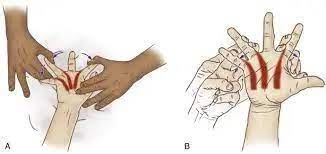
At the MCP, the abduction of the 1st finger, 3rd finger, and 4th finger stretch the palmar interossei (of the central compartment group).
Palmar interossei muscle strengthening exercise
Finger Adduction Isometric Exercise
- Sit up straight in your seat.
- Place the affected arm on a table with the fingers level and palms facing up.
- Put a finger from your unaffected hand on the finger nearest to your middle finger.
- Move your injured finger toward your middle finger while resisting with your opposing hand.
- Throughout the activity, keep your hand and forearm flat on the table.
- Repeat the procedure with your other fingers.
Hands Grippers
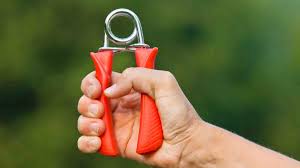
- To begin, select a hand gripper with a hard level.
- Squeeze the gripper while keeping it in your hand for a few seconds before releasing it.
- Perform 12 repetitions in each hand for three sets.
- To make the exercise more difficult, squeeze the gripper together and hold it for as long as you can.
The Hang
- Begin with large arms. Grab the pull-up bar and hang for one minute at a time if at all feasible.
- Perform this exercise three times every day.
- If that isn’t difficult enough, try hanging with only your fingertips.
Fingertip push-ups
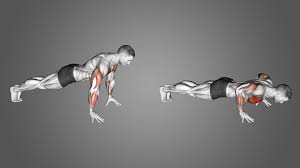
- Put your hands under your shoulders and raise your upper body off the ground while maintaining your legs straight and on your toes.
- If the toes are too difficult, sit on your knees and check that your body is in the proper posture.
- Raise the palms off the ground until the fingers support the body.
- Bring the body down towards the floor and push up to maintain the starting posture. Perform twelve repetitions for three sets.
- This motion should be done 5 times a week.
FAQ
The interossei muscles are intrinsic muscles of the hand situated between the metacarpals. They are made up of four (or three) palmar and four dorsal muscles, respectively. These muscles are accountable for finger adduction and abduction.
The dorsal interossei muscles consist of 4 tiny muscles that attach to the opposite sides of metacarpals 1-4. Their movement is to abduct fingers 2-4 as well as to help in the flexion and extension of these fingers at the metacarpophalangeal (MCP) and interphalangeal (IP) joints.
Adhesions distal to the inter-palmar plate ligament limit the proximal mobility of the interosseous and lumbrical muscles since the lumbrical muscle passes volar to the inter-palmar plate ligament and the interosseous muscle passes dorsal. When forming a fist, the individual has intermetatarsal discomfort due to this abnormality.
The interossei muscles begin in the center of the hand bones. There are four dorsal interossei muscles and three palmar interossei muscles. While all interossei flex the MCP joints, just the dorsal interossei permit us to stretch the fingers apart.
Every digit has two interossei (palmar or dorsal), with the exception of the little finger, which has the abductor digiti minimi muscle in place of one of the dorsal interossei. The 1st dorsal interosseous muscle is bigger than the others.

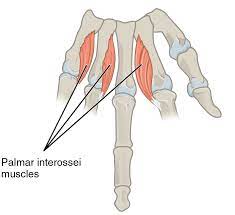
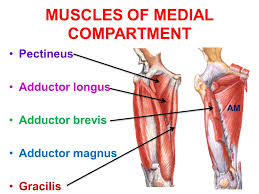
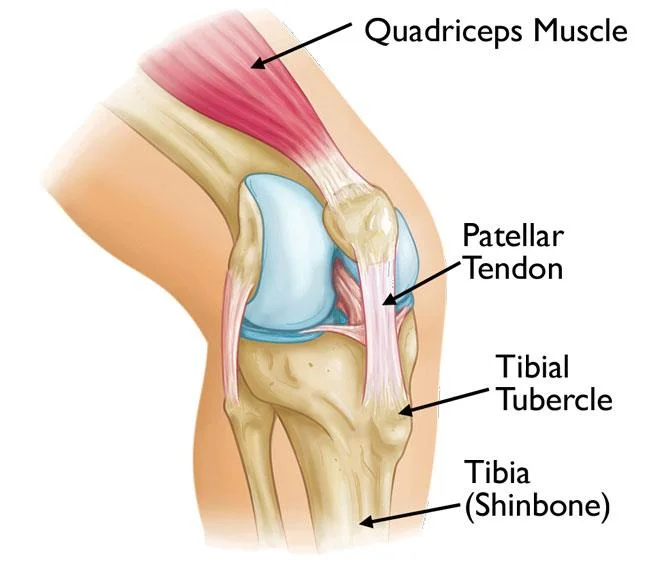
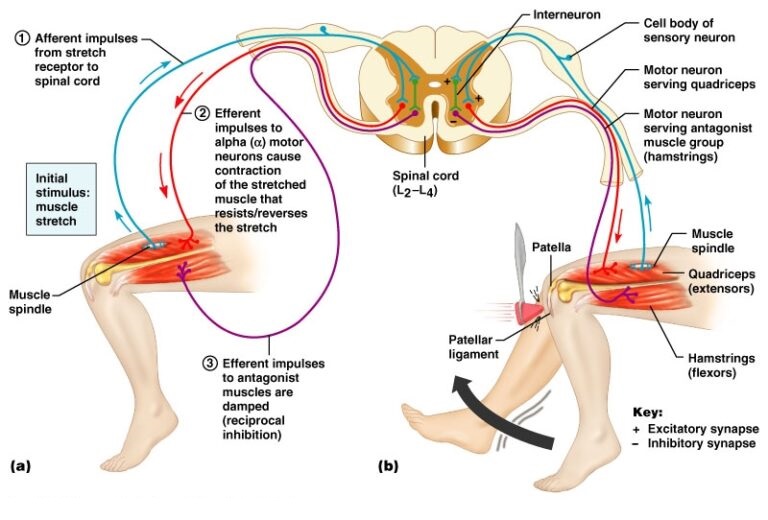
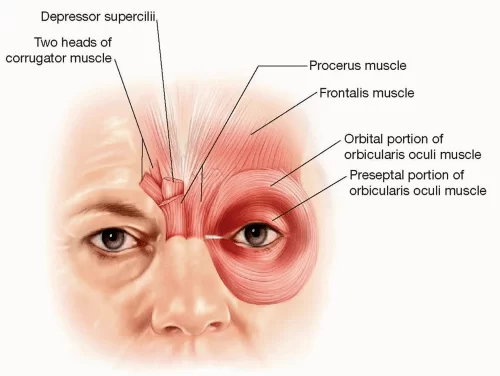
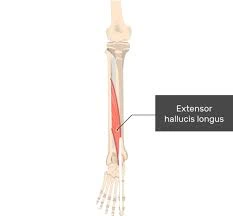
2 Comments